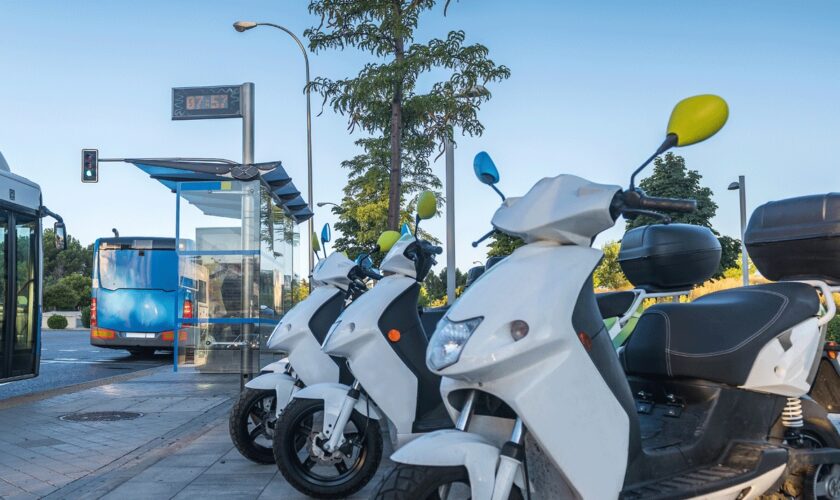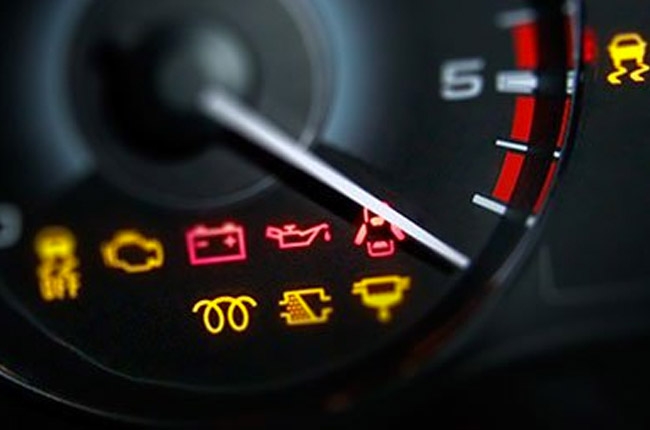The thrill of exploring new places after you rent scooter or a bike is unparalleled, and when shared with a group, it becomes a memorable bonding experience. However, before embarking on a group bike rental adventure, it’s essential to prioritize safety. By following guidelines and taking necessary precautions, you can ensure a secure and enjoyable ride for everyone involved.
Choose the Right Bikes:
Selecting appropriate bikes from a bike rental platform for the group is the foundation of a safe ride. Depending on the terrain and the participants’ skill levels, opt for bikes that suit different riding styles. Mountain bikes are ideal for off-road trails, while hybrid or road bikes work well for urban or paved routes. Ensure that each bike is properly maintained, with functioning brakes and gears.
Evaluate the Group’s Abilities:
Every group consists of riders with varying levels of experience and fitness. Before setting off for bike or scooter rent, evaluate the group’s overall abilities. Evaluating helps you to figure out who’s going to ride the pillion, and you can decide how many two-wheelers you need for your journey. Also, plan routes that accommodate different skill levels, avoiding overly challenging terrain for beginners.
Conduct a Safety Briefing:
Gather the group before setting off to conduct a safety briefing after renting out two-wheelers from a bike & scooter rental platform. Cover essential topics such as hand signals, riding in single file, maintaining proper spacing, and rules for group communication. Emphasize the importance of wearing helmets at all times and how to properly adjust them for a secure fit.
Mind the Gear:
Before renting bikes from a bike rental company, ensure that everyone is familiar with the bike’s gears and brakes. Proper gear usage is vital for maintaining stability and control, especially on inclines and descents. Offer a demonstration on shifting gears and practicing braking to avoid any confusion during the ride.
Respect Traffic Rules:
If your route includes roads or intersections, adhere to traffic rules. Stop at stop signs, signal turns and stay in the appropriate lane. Ride in a single file and maintain a safe distance from vehicles. Obeying traffic laws not only enhances safety but also fosters a positive image of cyclists among motorists.
Communication Is Key:
Establish clear communication signals within the group. When making turns, stopping, or encountering obstacles, it’s important to use hand signals to communicate with others on the road. Regularly communicate verbally, especially when passing or alerting others to potential hazards. Keeping everyone informed helps prevent collisions and ensures a smoother ride.
Choose Safe Routes:
Select routes that are well-suited to your group’s abilities and preferences. Avoid high-traffic areas whenever possible and opt for bike lanes, dedicated paths, or quieter streets. Research the terrain, elevation changes, and any potential road hazards in advance to make informed route decisions.
Check the Weather:
Weather conditions can impact safety significantly. Check the weather forecast before the ride and prepare accordingly. If rain, strong winds, or other adverse conditions are predicted, consider rescheduling or choosing a safer route.
Be Prepared for Emergencies:
Accidents and unforeseen situations can occur. Have a basic first aid kit on hand to address minor injuries. Carry a fully charged mobile phone for emergencies and share emergency contact information with the group. Ensure that someone in the group is familiar with basic first aid procedures.
Mind Your Surroundings:
Stay vigilant of your surroundings, whether you’re riding on roads, trails, or paths. Watch out for pedestrians, other cyclists, and vehicles. Be cautious around blind corners, intersections, and areas with limited visibility.
Foster a Positive Group Dynamic:
A positive group dynamic contributes to a safer ride. Encourage communication, support, and a sense of responsibility among group members. Ensure that no one is left behind and that the pace accommodates everyone.
Prepare for All Conditions:
Pack essential items such as spare inner tubes, tire levers, and a basic toolkit for minor repairs. In case of flat tires or mechanical issues, having the necessary tools can prevent unnecessary delays.
Safety should be the top priority when renting bikes for a group ride. By following these guidelines, you can minimize risks and ensure an enjoyable experience for everyone.


